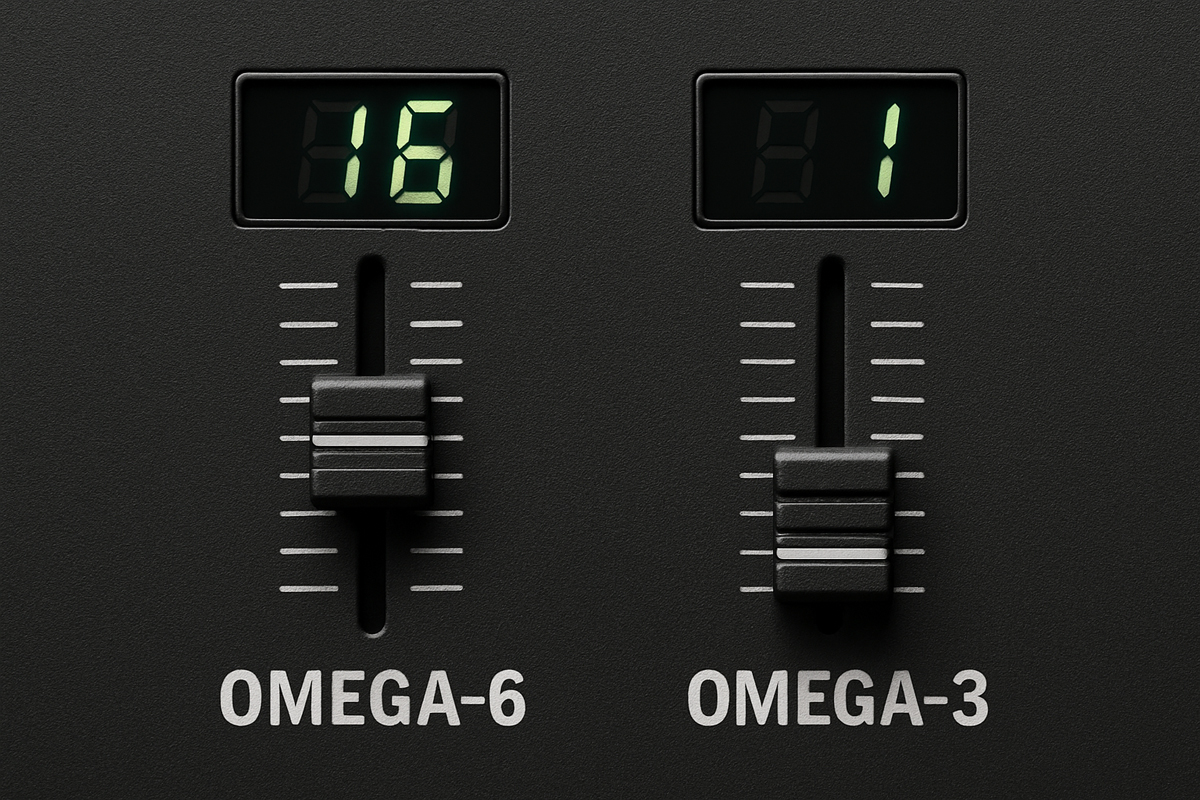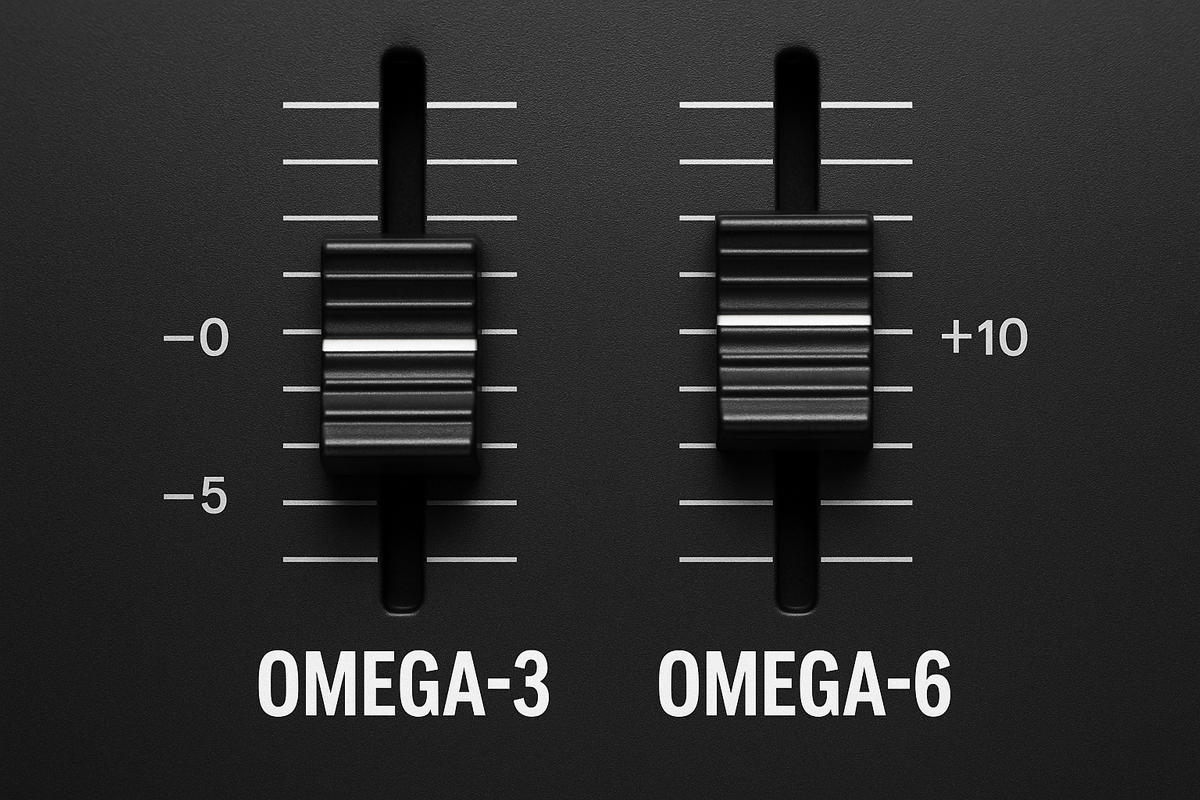Fat, Fiber, and Flavor: Why Coconuts Are a Smart Kitchen Staple

Two Fats Walk Into Your Body—Only One Reduces Inflammation
Omega-3 and omega-6 fatty acids are both essential. Your body can’t make them, so you have to get them from food. But here’s the catch: the typical modern diet is loaded with omega-6 and nearly empty of omega-3s.
That imbalance could be driving inflammation, mood swings, and more.
Let’s decode the omega debate—and show you how to tip the scales in your favor.
The Problem: Too Much Omega-6, Not Enough Omega-3
In a perfect world, we’d get about a 1:1 to 4:1 ratio of omega-6 to omega-3. But thanks to ultra-processed foods and industrial seed oils (think soybean, corn, sunflower), the average American’s ratio is closer to 20:1.
Here’s why that matters:
-
Omega-6 tends to promote inflammation when consumed in excess.
-
Omega-3 helps reduce inflammation, support brain health, and protect your heart.
It’s not that omega-6 is “bad”—your body needs it for things like skin health and blood clotting. The problem is the imbalance.
The Solution: Rebalance Your Omegas with Smart Swaps
You don’t need to obsess over numbers—you just need to eat more omega-3s and cut back on omega-6-heavy processed oils.
Boost Your Omega-3s:
-
Fatty fish: Salmon, sardines, mackerel, and anchovies
-
Chia seeds and flaxseeds: Great for plant-based omega-3 (ALA)
-
Walnuts: A solid plant source with a nice crunch
-
Pasture-raised eggs: Higher in omega-3 than conventional eggs
-
Algae oil: A good vegan alternative for DHA and EPA
Cut Back on Omega-6 Overload:
-
Avoid oils like soybean, corn, safflower, sunflower, and cottonseed
-
Limit ultra-processed snack foods and fast food
-
Check ingredient labels—even “healthy” foods can sneak in omega-6 oils
The Ripple Effect of Better Fats
When your omega balance improves, your whole system feels it. People often report:
-
Less joint pain and inflammation
-
More mental clarity and emotional balance
-
Better skin health
-
Improved heart function
Think of it like adjusting the treble and bass in your music—get the ratio right, and everything sounds (and feels) better.
Real Talk: You Can’t Supplement Your Way Out of a Bad Ratio
Fish oil pills? Helpful, but not a magic bullet.
The real shift happens when you consistently:
-
Eat more whole-food omega-3 sources
-
Replace inflammatory oils with healthy fats (like avocado oil, olive oil, and coconut oil)
It’s a remix worth making.
Ready to Rethink Your Fats?
Take a peek at your pantry. What oils are hiding in your sauces, dressings, or snacks?
Start by swapping one bottle: ditch the soybean oil and bring in avocado or extra virgin olive oil. Then add a salmon night once a week—or sprinkle chia seeds into your breakfast.
Want more of these easy, high-impact swaps? Subscribe to the Fresh Spin Remix, our newsletter for smart ingredients, food facts, and real nourishment.
What’s Your Take?
Have you made the omega switch? Share your favorite fish recipe or go-to oil swap on our IG @remixology
